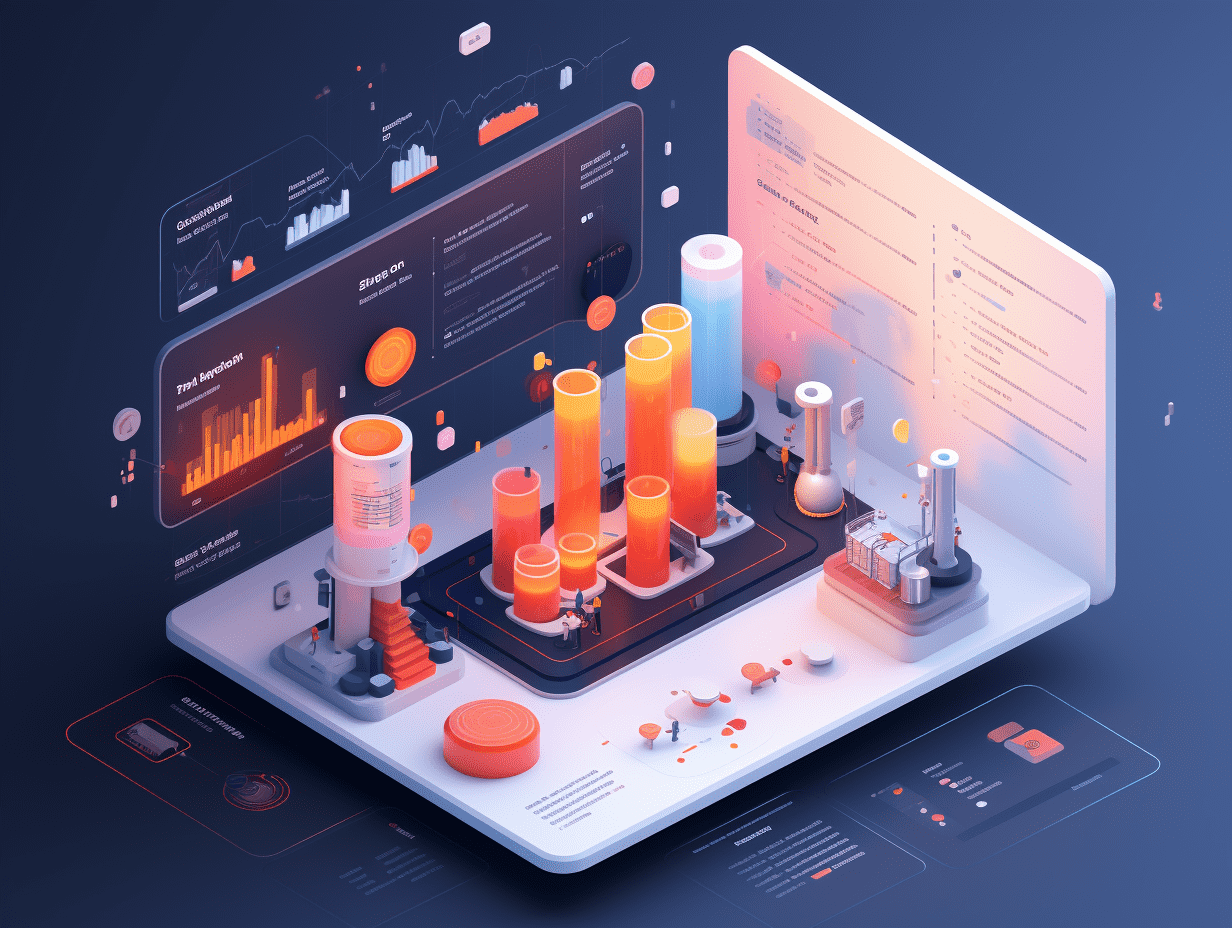Industrial: The beer industry's consumption is expected to remain stable and high-end consumption is still the main long-term trend and competitive advantage.
The industry believes that the high-end transformation of beer is still the main trend in the medium to long term, as well as a key factor in competition. In addition, the exploration of extending the second curve is expected to open up long-term imaginative possibilities.
Industrial released a research report stating that looking ahead, the number of core consumer groups will still be supported in the next 5 years, the consumption volume of the beer industry is expected to remain stable. By drawing on overseas experience and combining the ample market depth brought about by the high-quality development of the Chinese economy and the differences in upgrade pace between regions, as well as the high proportion of immediate consumption channels bringing higher pricing autonomy and upgrade potential, the industry believes that the trend of premiumization of beer is still the main trend in the medium and long term and a key factor in competition. In addition, exploring the second curve expansion is expected to open up long-term imagination space.
The main points of Industrial are as follows:
Mature fast-moving consumer goods, from the Spring and Autumn Period to the Warring States Period
The consumption of beer shows obvious seasonal fluctuations, with assets being biased towards the sales model. As a typical fast-moving consumer goods, scale profits are obtained through low-profit but high-volume sales. Looking back at the industry development process, after a rapid growth in beer production and sales in China, the industry has shifted from increasing quantity to structural growth under a reduced volume trend. Since 2018, industry-wide price increases have resulted from two rounds of cost increases driven by product structure upgrades. The first half of the premiumization of beer has achieved significant results, with major beer manufacturers experiencing significant increases in price per ton and profit margin, leading to a competitive landscape transitioning from the Spring and Autumn Period to a period of oligopoly.
The number of core consumer groups is still supported in the next 5 years, coupled with product innovation and the promotion of new channels to enhance category activity, in the medium term, beer consumption is expected to stabilize
The main consumers of beer are concentrated in the 20-50 age group. Based on calculations of the population, the CAGR of the population aged 20-49 from 2025 to 2030 is -0.3%, which is narrower than the -1.1% decrease from 2011 to 2024. It is expected that the beer consumption will remain relatively stable in the next 5 years. In addition to the core consumer groups, category innovations represented by craft beer, low-alcohol/no-alcohol beer have been emerging frequently, with market sizes expanding, combined with the rise of immediate retail channels strengthening the satisfaction of immediate and emotional demands for beer. It is expected that the beer category will maintain relatively high activity in the medium and long term. According to Euromonitor International forecast data, the annual retail sales volume of beer in China is expected to remain around 43 million tons from 2025 to 2029.
Drawing lessons from overseas, the upgrading of beer structure is a long-term logic, with ample space for premiumization in China
1) The United States has gone through two rounds of premiumization, with a period of structural upgrade lasting for over 20 years. In terms of price, with the consumption upgrade and inflation environment, the CPI of beer in the United States grew at a CAGR of 4.7% and 4.3% during the periods of 1965-1981 and 1981-1991 respectively. In the 1990s, the beer market in the United States entered a period of reduced volume, but even under the second round of premiumization, the CAGR of beer CPI from 1992 to 2024 still reached 2.1%. 2) Under the pressure of liquor taxes and the economy, beer prices in Japan have remained resilient, and the proportion of high-end sales nurtured by leading manufacturers has also increased. Euromonitor data shows that the proportion of high-end and mid-range beer sales in the Japanese market increased from 7.0% and 42.0% in 2010 to 7.8% and 46.7% in 2024. 3) By comparing the sales structure, most countries have high and mid-range beer as the main products. In the 24 countries surveyed, the proportion of high and mid-range beer sales in 21 countries in 2024 was over 70%, while in China, the proportion of low-end beer sales is 60%. Furthermore, the price thresholds for the division of beer into high, medium, and low-end categories in China are lower than in most overseas countries, indicating greater potential for structural upgrading in the future.
Amidst existing competition, leading companies focus on premiumization with consensus, short-term growth rate may slow down, while long-term resilience throughout the cycle
The competitive landscape on the supply side is stable, with the CR5 sales market share exceeding 90% in 2024. In the era of existing stock, leading companies have reached a consensus on premiumization, and their operational capabilities have improved. Meanwhile, diversification on the demand side and trends such as personal enjoyment of drinking bring opportunities for the rise of niche categories. As beer is a mass-market product, expenditure increases resulting from upgrades are limited. There is potential for industry structure upgrade driven by the resonance of supply and demand. Euromonitor data shows that in 2024, the proportion of sales through immediate consumption channels in China was 48%, higher than in most major beer-consuming countries. Considering that immediate consumption channels in China are mainly dominated by local monopoly manufacturers with strong exclusivity, while distribution channels are mainly chosen by consumers themselves and are price-sensitive, leading companies in China have greater potential to increase prices independently and upgrade. Advancing in advantageous markets is conducive to structural upgrading, while the increasing popularity of canned beer drives the expansion of premiumization. Moreover, in a market with multiple brand competitions, breakthroughs can be achieved through strong singular brand strategies. In terms of product, in the mid-range price range of 8-10 yuan, brands are leading the upgrade, while in the high-end range of 10-12 yuan, brand strength and channel promotion are key factors. Brands priced above 12 yuan still require time for cultivation and differentiation. Furthermore, rapid consumer preferences drive flavor innovation and functional upgrades in beer categories, leading to a resurgence of the craft beer trend.
Risk warning: risks of macroeconomic fluctuations; intensification of competition in high-end beer; risks related to food safety.
Related Articles

ZACD (08313) issued a profit warning, expecting a net loss of approximately SGD 730,000 for the midterm.

Guangzhou Zhiguang Electric (002169.SZ) signed a 2.04 billion yuan energy storage system equipment sales contract.

ISDN HOLDINGS (01656) announces its interim results with a net profit attributable to equity holders of $1.286 million, a decrease of 66% compared to the same period last year.
ZACD (08313) issued a profit warning, expecting a net loss of approximately SGD 730,000 for the midterm.

Guangzhou Zhiguang Electric (002169.SZ) signed a 2.04 billion yuan energy storage system equipment sales contract.

ISDN HOLDINGS (01656) announces its interim results with a net profit attributable to equity holders of $1.286 million, a decrease of 66% compared to the same period last year.

RECOMMEND

CATL’s Jianxiawo Lithium Mine Halts Production; Will Lithium Carbonate Prices Reverse?
11/08/2025

Year-to-Date Southbound Stock Connect Inflows Exceed HKD 900 Billion for the First Time
11/08/2025

Gold Futures Reach Record High as Institutions Shift Focus to Long-Term Opportunities in Gold Stocks
11/08/2025


